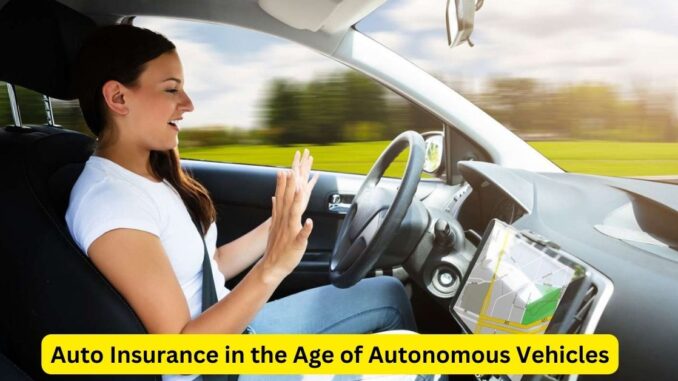
In recent years, the automotive industry has been revolutionized by the emergence of autonomous vehicles. As self-driving cars become more prevalent on our roads, the landscape of auto insurance is undergoing a significant transformation. The intersection of cutting-edge technology and traditional insurance models raises crucial questions about risk, liability, and the future of coverage.
One of the most profound impacts of autonomous vehicles on auto insurance is the shift in liability from human drivers to technology providers and manufacturers. With self-driving cars, the onus of responsibility often falls on the artificial intelligence systems and sensors that navigate the vehicle. As a result, insurance companies are compelled to reevaluate their underwriting models, focusing on insuring the technology itself rather than individual drivers.
The transition to autonomous vehicles is expected to reduce the frequency of accidents significantly. Advanced safety features and AI-driven systems are designed to minimize human error, the leading cause of accidents. While this may seem like positive news for insurance companies, the decrease in accidents poses a new challenge: a decline in traditional insurance premiums. With fewer claims to process, insurers may face a decline in revenue, necessitating a reevaluation of their business models.
Concurrently, the rise of autonomous vehicles has given rise to a new category of insurance—cybersecurity insurance. As self-driving cars heavily rely on complex software and communication systems, the vulnerability to cyber threats has become a paramount concern. Insurers are now developing policies to protect against hacking, data breaches, and system malfunctions, reflecting the evolving nature of risks associated with these high-tech vehicles.
The regulatory landscape is another facet that demands attention. As autonomous vehicles become more widespread, governments are adapting regulations to ensure the safe deployment of this technology. Insurance companies must stay abreast of these changes to remain compliant and adjust their policies accordingly. Collaboration between the insurance industry and regulators is crucial to establish a framework that accommodates the unique challenges posed by autonomous vehicles.
While the auto insurance industry is grappling with these shifts, there are opportunities for innovation. Insurers can leverage telematics and real-time data from autonomous vehicles to tailor coverage to individual driving behaviors, even if the driver is not in direct control. This data-driven approach allows insurers to better assess risk and offer more personalized and dynamic coverage options.
In conclusion, the rise of autonomous vehicles is reshaping the landscape of auto insurance. Insurers must adapt to the evolving risks and responsibilities associated with self-driving technology. The move from insuring drivers to insuring technology, the emergence of cybersecurity insurance, and the need for collaboration with regulators are all pivotal aspects that will define the future of auto insurance in the age of autonomous vehicles.
Leave a Reply